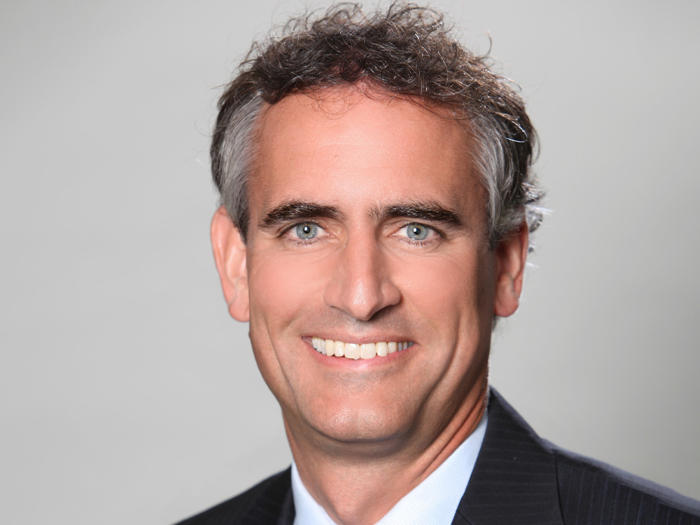Complicated Claims
Contingency Clouds Business Interruption

Broadly speaking, capacity across the U.S. for business interruption insurance (BI) is ample, and terms and conditions are far from onerous.
That said, brokers report that the utility sector as well as a few others have experienced unexpected high losses, both in frequency and in value.
A few carriers have reduced their exposure to BI coverage in general, or to specific sectors or sub-segments.
As a result, there have been several situations where insureds were in the uncomfortable position of having to file and pursue a claim or claims, and simultaneously seek new placements after underwriters declined to renew or sought smaller positions in the owners’ programs.
On top of those tactical concerns for owners and their brokers, there are also more strategic shifts taking place in BI and more generally in the property and casualty market, driven by the realization by underwriters that contingent coverage is far less quantified than had long been thought.
Overlooked Supply Chain Risk
The trends of outsourcing, just-in-time delivery, and electronic orders and billing have been highly effective in reducing costs and boosting profitability. But that same evolution leaves even the most stable companies vulnerable to small disruptions in the physical supply chain or the internet.

Michael J. Perron, senior vice president, northeast region and property placement leader, energy and engineered risk group, Willis Towers Watson
Several of this year’s Power Brokers earned their laurels sorting complex BI claims compounded by short-notice renewals.
Michael J. Perron, senior vice president for the northeast region and property placement leader in the energy and engineered risk group at Willis Towers Watson, has made something of a cottage industry out of slicing through Gordian knots in BI claims.
“In general, BI capacity and coverage are available,” said Perron, a Power Broker® in the Utilities-Alternative category.
“Some carriers have seen losses in the power sector, and a few other places, but generally P&C remains soft. Still, carriers are being especially careful these days on contingent coverage. They are finding they did not realize the full exposures they had. They are finding it difficult to get their arms around all the exposures.”
Part of the problem, Perron suggested, is modeling, especially in the catastrophe market. “For the most part insurers do a good job of monitoring CAT risk. But for the most part those models do not include supply chain.”
Even those that do can cause further complications for insureds. Perron recalled that recently one client wanted to increase its coverage. Based on limits, that should not have been a problem.
“But their carrier, which is one that is particularly good with contingency and with supply chain, also writes for several of their suppliers, so the carrier was concerned about aggregation risk,” he said.
That situation was resolved by going back to the market, but for other clients it hasn’t been that straightforward.
Solving Complicated Claims
In one instance, the owner of a hydropower plant had a failure in one of twin turbines. The second unit continued to operate normally, albeit under more careful watch.
The property insurer decided not to renew because they feared the second unit could suffer the same failure as the first. Only one of the units could be dewatered at any given time, so it was impossible to open the operating unit to inspect until the disabled turbine was back in operation. A real Catch 22.
It is difficult to compile traditional best practices for unique situations.
Several insurers would not write the risk. One offered to write the risk but excluded BI and equipment breakdown (boiler and machinery).
“That approach would render the policy effectively useless against common failures very different than what impacted the disabled turbine,” noted Perron.
Another insurer offered coverage, including BI and equipment breakdown, but with a deductible of $20 million for the turbines until the operating unit was inspected and found to be free of the problems that seemed to have damaged the other.
For a permanent resolution, Perron said he and his group “worked with several insurers to provide coverage that was not perfect, but better than the coverage offered by the first two to bid.
Two carriers offered coverage similar to the client’s expiring coverage with one key exception: They would exclude an event emanating from a failure similar to what had occurred.
Another insurer charged a higher premium, but provided coverage without this limitation.”
In another case, a gas-fired power generator sustained three very different losses: one involving turbine failure, another involving a generator breaker failure, and a third involving a transformer failure.
“In any loss, in any claim, you want to show that you are working to maximize recovery and minimize losses.” — Michael Perron, senior vice president, Willis Towers Watson
“The incumbent carrier recognized that the client had taken appropriate steps to address lessons learned from each of these events, and actually had taken steps to minimize the carrier’s claim payments with savvy negotiations with providers and others,” said Perron.
“Still, the carrier chose to take a reduced line on the renewal.”
It is difficult to compile traditional best practices for unique situations, but Perron does suggest some guidance.
“Together the broker and the client have to convince the underwriters that the owner is managing the situation,” he said.
“Losses happen. That is why you have insurance. It helps for owners to understand that if they have multiple losses, their carrier is going have internal questions from management about the situation and the insurability of this client.”
Risk Mitigation
Just as Perron spoke with underwriters and the carriers’ engineers to understand their take on the loss, he urges owners to do everything they can to help insurers understand that the owner can manage and mitigate the loss.
That may seem counterintuitive; BI by definition is for events out of the owner’s control.
“In any loss, in any claim, you want to show that you are working to maximize recovery and minimize losses,” said Perron.
In one recent situation a client needed a replacement transformer. Rather than order a new one with a longer lead time from the manufacturer of the original equipment, the owner was able to rent a transformer. That enabled them to accelerate the recovery time, and also saved the carrier a million dollars.
That little maneuver also expanded the owner’s supply chain. Ultimately, the insured ordered a new replacement transformer from the rental supplier, rather than from the maker of the initial unit, thus broadening its portfolio of suppliers.
In the end, maximizing recovery and minimizing loss is not just a sound strategy for expediting claims and mitigating for renewal after the claim. It is enlightened self interest.
“Companies often underestimate the tremendous impact that business interruption has,” Perron said. “It is not just the loss of revenue. It can be loss of prestige in the industry. It can be loss of customers.” &










